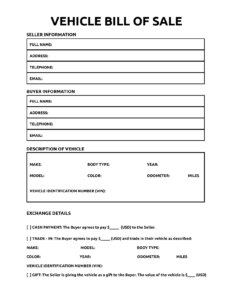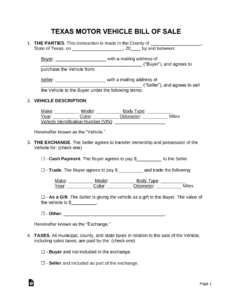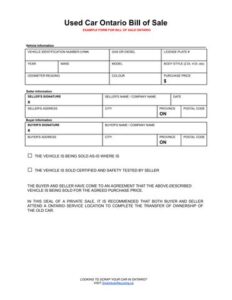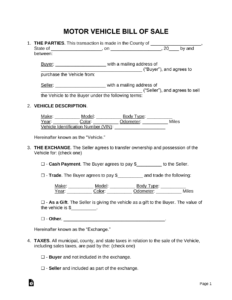Buying or selling a used car is an exciting milestone, whether you’re upgrading your ride or passing on a beloved vehicle to a new owner. However, amidst the excitement of negotiations and test drives, it’s easy to overlook one of the most crucial documents involved in the transaction: the bill of sale. This simple piece of paper serves as your legal record, protecting both the buyer and the seller from potential disputes down the road.
Far more than just a receipt, a well-drafted bill of sale clarifies the terms of the sale, confirms the transfer of ownership, and provides vital details about the vehicle and the parties involved. Navigating this process doesn’t have to be complicated, especially when you have access to a reliable bill of sale for used car template. It simplifies what might seem like a daunting legal step into a straightforward checklist, ensuring nothing important is missed.
Why You Need a Bill of Sale When Buying or Selling a Used Car
When you’re involved in a used car transaction, whether as the buyer or the seller, having a properly completed bill of sale isn’t just a good idea; it’s often a legal necessity and always a smart move. For sellers, it provides undeniable proof that the vehicle is no longer their responsibility. Once the sale is documented and signed, you’re officially relieved of liability for the car, including any accidents, parking tickets, or other issues that might arise after it leaves your driveway. It’s your official handover document.
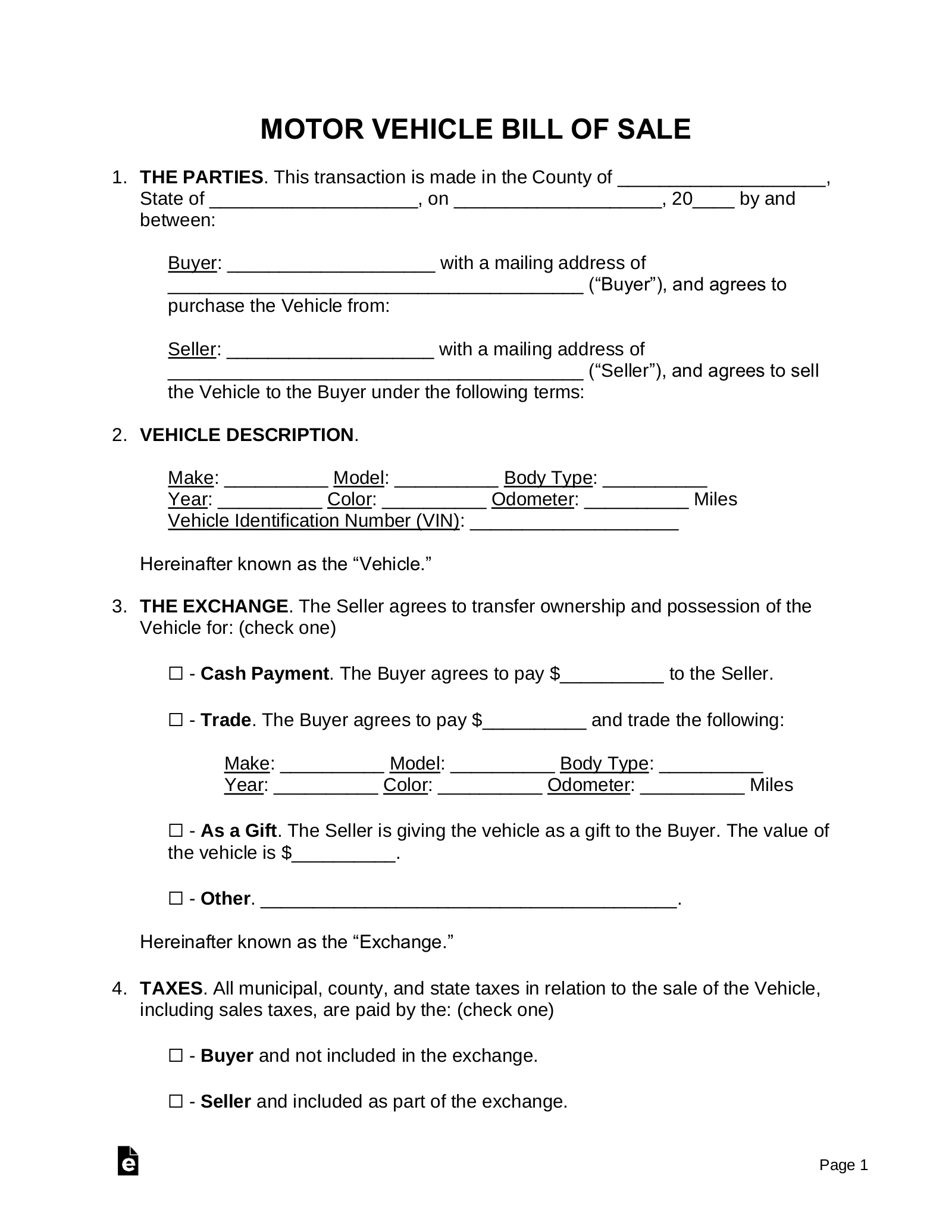
Buyers, on the other hand, benefit immensely from a bill of sale as it serves as their primary evidence of ownership. You’ll need this document to register the vehicle with your state’s Department of Motor Vehicles (DMV) or equivalent agency, obtain insurance, and generally prove that the car legally belongs to you. Without it, you could face significant hurdles in getting your new acquisition on the road. It also confirms the agreed-upon price, mileage, and condition at the time of sale, protecting you from potential future disagreements.
Furthermore, a bill of sale can explicitly state that the vehicle is being sold “as-is,” which is particularly important for sellers. This clause typically means the buyer accepts the car with all its existing faults, and the seller isn’t obligated to make repairs after the sale. Conversely, for buyers, it provides a clear record of what was represented at the time of purchase, including the vehicle’s make, model, year, and Vehicle Identification Number (VIN). This transparency helps prevent misunderstandings later on.
Ultimately, a bill of sale acts as a transparent agreement that outlines the key details of the transaction, ensuring both parties are on the same page. It’s a foundational document that offers peace of mind and legal standing, far beyond just a simple exchange of keys and cash. It’s the official record that truly closes the deal in a legally sound manner.
Key Elements Every Bill of Sale Should Contain
- Buyer and Seller Information: Full legal names, addresses, and contact details for both parties.
- Vehicle Details: Comprehensive information about the car, including make, model, year, color, VIN (Vehicle Identification Number), and current odometer reading.
- Purchase Price: The exact amount of money the vehicle is being sold for.
- Date of Sale: The precise date the transaction took place.
- “As-Is” Clause: A statement indicating if the vehicle is being sold in its current condition, without warranties.
- Signatures: Signed consent from both the buyer and the seller, ideally with a witness signature if required by your state or preferred by the parties.
- Lien Information: Any details regarding existing liens on the vehicle and how they will be satisfied.
How to Effectively Use Your Bill of Sale Template
Once you’ve found a suitable bill of sale for used car template, the next step is to accurately and completely fill it out. The effectiveness of this document hinges entirely on the precision of the information you provide. Don’t rush through this process; take your time to ensure every field is correctly populated. Any omissions or errors could invalidate the document or lead to complications later, so treat it with the same care you would any other legal paper.
Start by gathering all the necessary information for both the buyer and the seller. This includes full legal names, current addresses, and contact phone numbers. For the vehicle itself, you’ll need its make, model, year, color, and most importantly, the Vehicle Identification Number (VIN). The VIN is crucial as it uniquely identifies the car and is required for registration purposes. Also, be sure to record the exact odometer reading at the time of sale, as this is often a state requirement and helps prevent odometer fraud.
Next, clearly state the agreed-upon purchase price in both numerical and written form to avoid any ambiguity. Specify the date of the sale, which is the official point when ownership transfers. If the vehicle is being sold “as-is,” ensure that this clause is prominently included and understood by both parties. It’s vital for the seller’s protection and clarifies the buyer’s responsibility for any future repairs.
Finally, and perhaps most critically, ensure that both the buyer and the seller sign and date the document. Some states or situations might also recommend or require a witness signature. Once signed, make at least two copies: one for the buyer and one for the seller. Each party should keep their copy in a safe place, as it serves as their legal record of the transaction. This small step ensures that both parties have easy access to the document if ever needed for registration, insurance, or dispute resolution.
Having a robust bill of sale document in place ensures a smooth and legally sound transaction when you’re buying or selling a used car. It removes ambiguity, provides protection for both parties, and fulfills essential administrative requirements. By taking the time to properly complete and secure this document, you’re safeguarding yourself and ensuring peace of mind for everyone involved.
Ultimately, a well-prepared bill of sale is your foundation for a successful and trouble-free car transaction. It’s a small effort upfront that yields significant security and clarity, preventing potential headaches and misunderstandings in the future.
